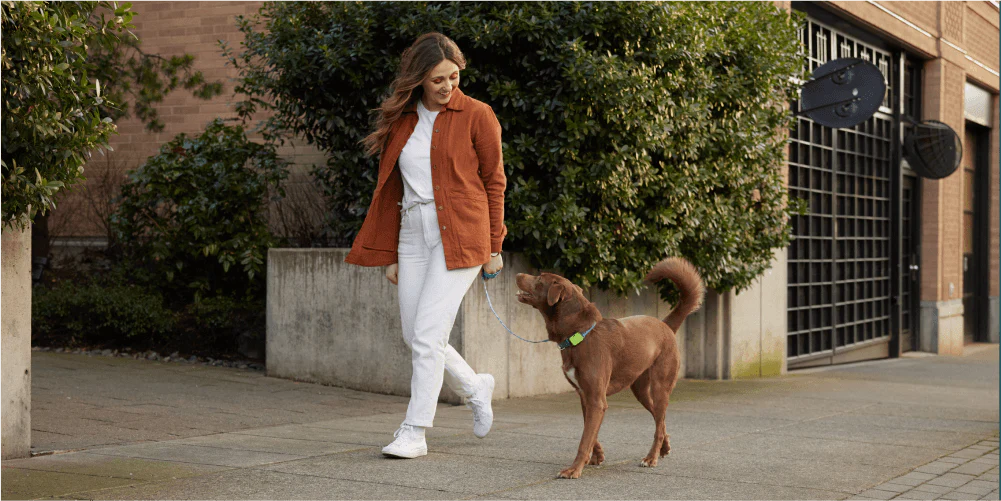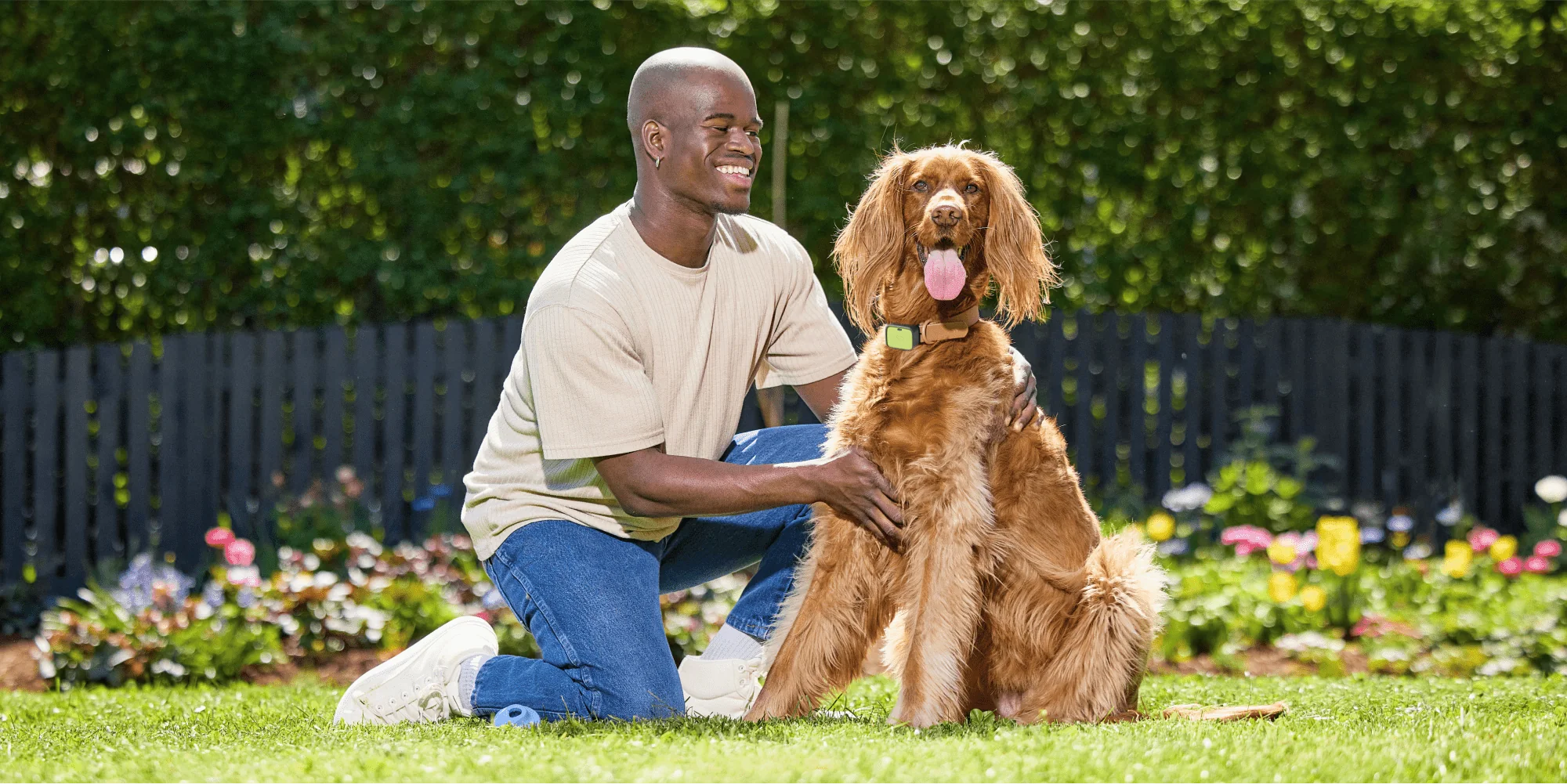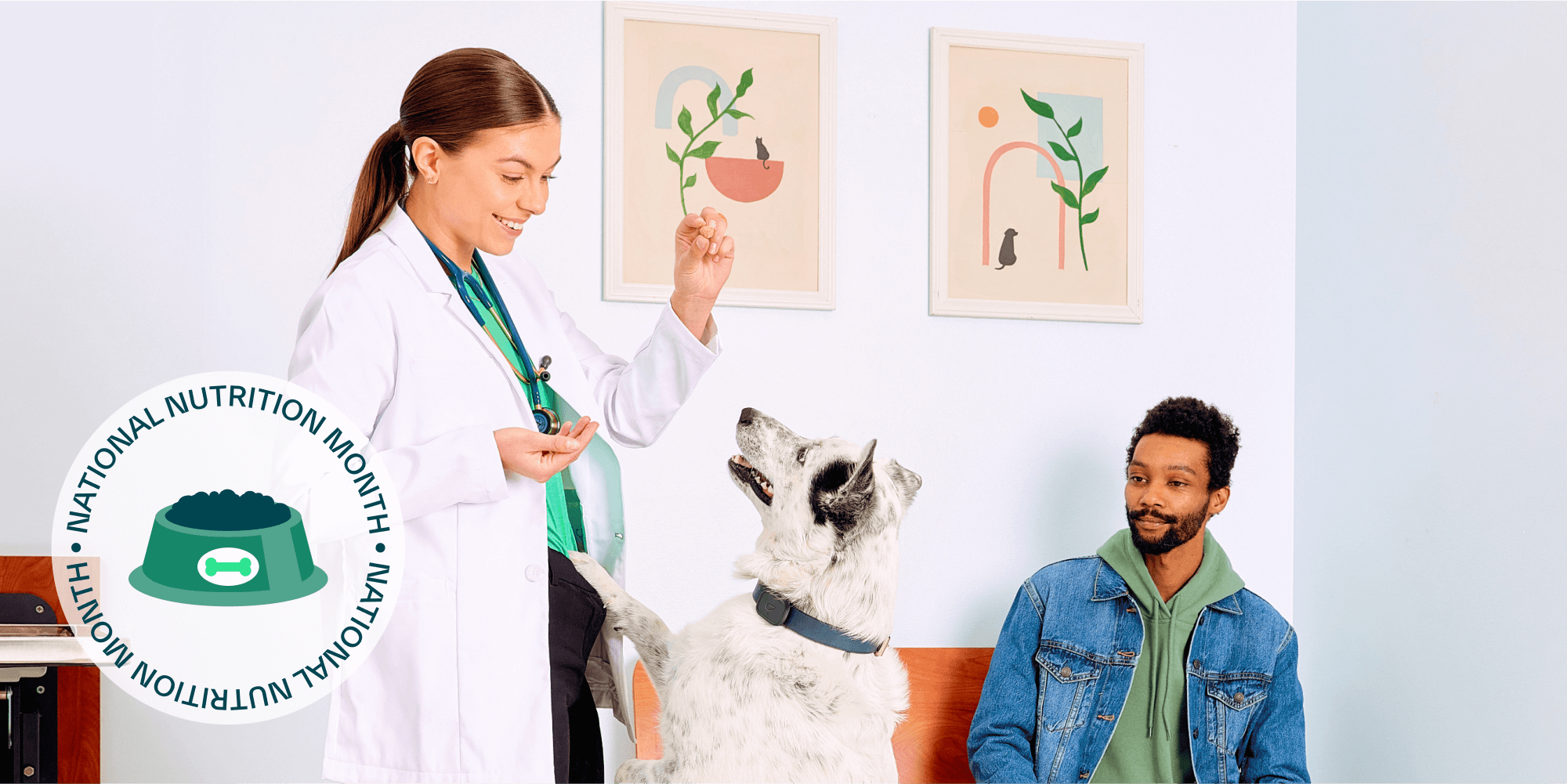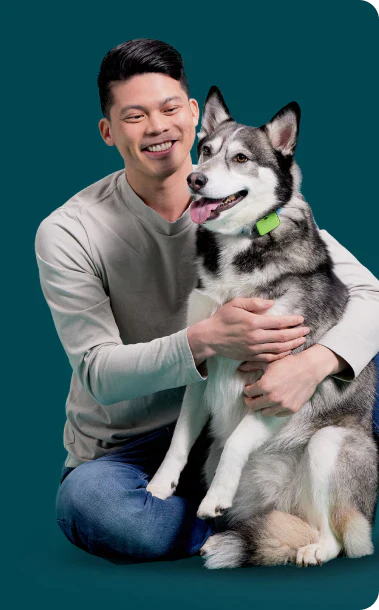Managing your pup's weight
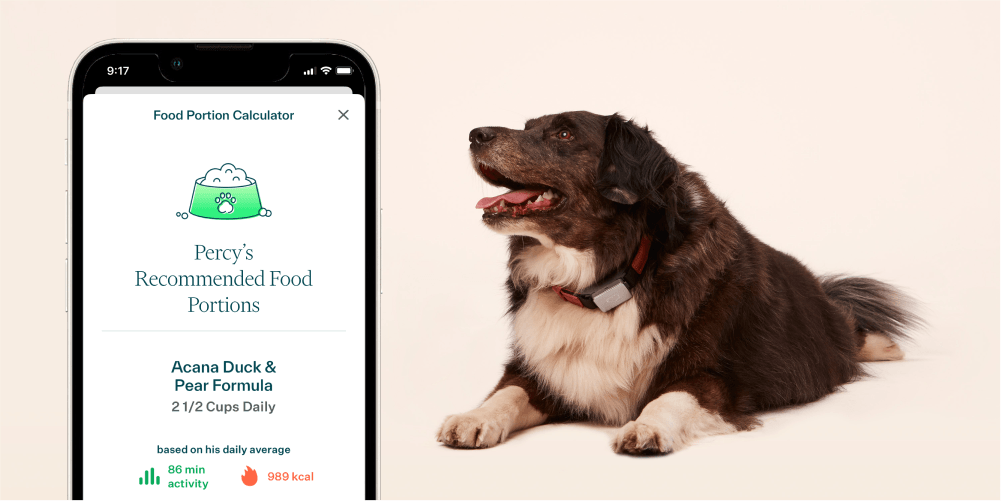
There is no denying that your pup has packed on the pounds. You love your dog regardless of the number on the scale but know that obesity in dogs could put them at risk for serious health problems.
Overweight dogs were almost three times more likely to be diagnosed with diabetes than normal weight dogs; obesity quadruples the risk of developing osteoarthritis; and predisposes dogs to developing painful back issues.
Despite the risks, the latest data shows that more than 50% of dogs are overweight or obese. For dogs, being just 10% overweight can decrease their lifespan and predispose them to health issues. In fact, pet parents of overweight dogs spent 17% more on healthcare and 25% more on medications than owners of dogs at ideal body weight.
Do I have an overweight dog?
When it comes to weight, the number on the scale doesn’t tell the whole story. Veterinarians use a “body condition score” to assess a dog’s weight. Your dog should have a narrow waist, easy-to-feel ribs and concave tummy; overweight dogs have sagging stomachs and broad, flat backs with no defined waistlines.
Despite these simple visual cues, the Association for Pet Obesity Prevention found that just 46% of veterinarians discussed their dog’s ideal weight during annual exams.
Whistle Health, Health & GPS and Health & GPS+ offer the Ask a Vet feature that allows dog owners to schedule a chat, call, email or video appointment with a veterinarian to discuss a healthy weight goal.
How to help your dog lose weight
Avoid overfeeding: A dog eating too much is sure to gain weight and practicing portion control is the easiest way to achieve weight loss in dogs.
Whistle Health, Health & GPS and Health & GPS+ can help monitor changes in your dog’s appetite and let you know if they are consuming more calories that could lead to weight gain. Our data scientists at Pet Insight Project partnered with the Waltham Petcare Science Institute and the University of Aberdeen to create a calorie algorithm to calculate how much food to feed your dog each day based on their breed, age, daily activity and target weight.
Add up all the treats, table foods and dental chews that might be contributing to weight gain. Treats should account for less than 10% of your dog’s daily calories. A dog eating too much needs to cut back on treats.
Get moving: Exercise is essential for weight loss and wellbeing. Set activity gals with Whistle Health, Health & GPS and Health & GPS+ and make time for brisk walks, off-leash romps at the dog park or games of fetch to get your dog’s heart pumping and the calories burning.
Using puzzle feeders that require dogs to “work” for their meals is another creative way to increase their activity levels.
Dog weight loss takes time. A healthy weight loss is about one percent of body weight per week, which equals just 0.2 pounds for a 20-pound dachshund and one pound per week for a 100-pound Great Pyrenees.
Weigh your dog every two weeks to check their progress. You should see changes in their appearance and activity levels as the number on the scale goes down. Bonus: Helping your dog maintain a healthy weight could increase their lifespan, giving you more time with your favorite four-legged friend.








